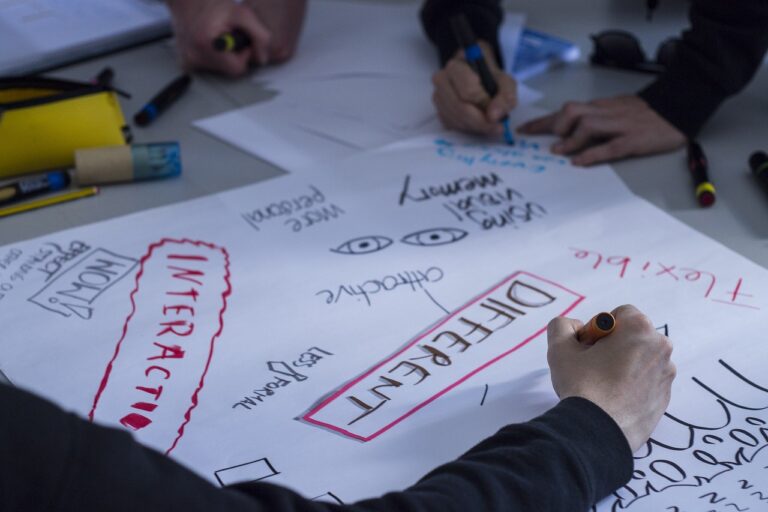Leveraging Culturally Relevant Technology Integration in the Classroom
Cultural relevance in education plays a crucial role in ensuring that all students feel valued and included in the learning process. By incorporating diverse cultural perspectives into the curriculum, educators can create a more inclusive and engaging learning environment for their students. This not only helps students from different cultural backgrounds see themselves reflected in the materials they study but also broadens the perspectives of all learners.
When students can see the relevance of what they are learning to their own lives and experiences, they are more likely to be motivated and engaged in the educational process. By incorporating culturally relevant content and teaching practices, educators can help students make connections between the curriculum and their own cultural backgrounds. This not only enhances students’ academic achievement but also promotes a deeper appreciation and understanding of diversity among all learners.
Understanding the Needs of Diverse Learners
In today’s educational landscape, it is crucial for educators to have a deep understanding of the diverse needs of their students. This understanding goes beyond just recognizing surface-level differences and delves into the rich tapestry of each individual learner’s cultural background, experiences, and unique capabilities. By acknowledging and embracing this diversity, educators can create a more inclusive and equitable learning environment where all students feel valued and supported in their educational journey.
One key aspect of understanding the needs of diverse learners is the recognition that one-size-fits-all approaches to education are no longer effective. Different students have different learning styles, preferences, and strengths, and it is essential for educators to tailor their teaching methods and strategies to cater to these individual differences. By embracing a personalized approach to education that takes into account the diverse needs of students, educators can help cultivate a sense of belonging and empowerment among all learners, ultimately leading to improved academic outcomes and overall well-being.
Why is cultural relevance important in education?
Cultural relevance in education is important because it recognizes and respects the diverse backgrounds, experiences, and values of students. It helps create a more inclusive and equitable learning environment where all students feel valued and represented.
How can teachers understand the needs of diverse learners?
Teachers can understand the needs of diverse learners by taking the time to get to know each student as an individual, being open to different perspectives and experiences, and adapting their teaching methods to accommodate diverse learning styles and abilities.
What are some strategies for addressing the needs of diverse learners in the classroom?
Some strategies for addressing the needs of diverse learners in the classroom include incorporating culturally relevant materials and resources, providing opportunities for collaboration and group work, offering multiple ways for students to demonstrate their understanding, and providing support and accommodations as needed.
How can schools promote cultural competence among teachers and staff?
Schools can promote cultural competence among teachers and staff by providing professional development and training on diversity, equity, and inclusion, creating a welcoming and inclusive school culture, and encouraging ongoing reflection and dialogue on issues of diversity and cultural relevance.





